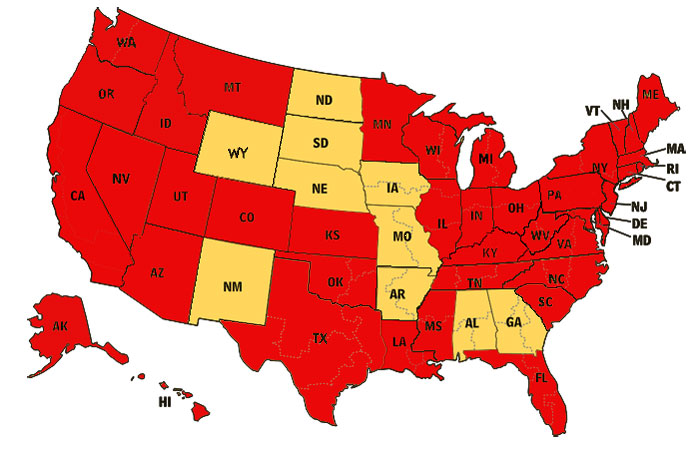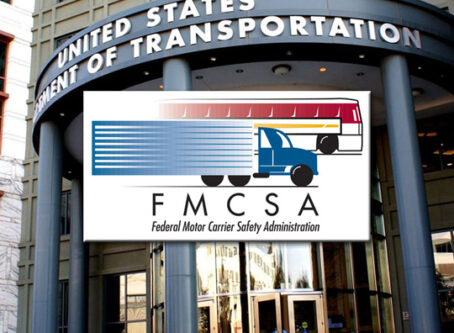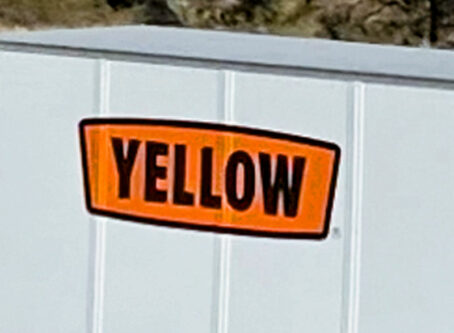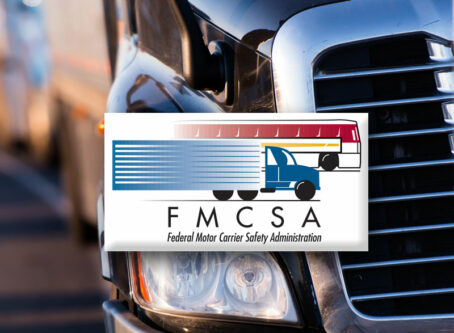Stay-at-home order for Texas and Florida; other states expand orders
Texas and Florida have joined a majority of states with some version of a stay-at-home order, while South Carolina is closing nonessential businesses. Maine, Mississippi and Pennsylvania have expanded on their previous orders.
Florida Gov. Ron DeSantis announced on Wednesday, April 1, that he will sign a stay-at-home order. The order will be in effect for 30 days starting Thursday, April 2.
“Given the unique situation in Florida, I’m going to be doing an executive order today directing all Floridians to limit movements and personal interactions outside the home to only those necessary to obtain or provide essential services or conduct essential activities,” DeSantis said during a news conference.
DeSantis is using the Department Homeland of Security Cybersecurity and Infrastructure Security Agency’s list of critical sectors for guidance. The move comes shortly after DeSantis a stay-at-home order only for three southeast Florida counties.
Executive Order 28 in Maine expands on a previous order that closes nonessential businesses. The key difference in the latest order is that it directs Maine residents “to stay at their homes” except for essential business and activities. Furthermore, the order restricts people in Maine from using public transportation unless absolutely necessary. Additionally, people travelling in personal vehicles are to limit passengers to persons within their immediate household. School closures extend to May 1. The order goes into effect on Thursday, April 2, and remains in effect until April 30.
Mississippi Gov. Tate Reeves signed Executive Order 1465 on Tuesday, March 31. The order issues all residents of Lauderdale County to shelter in place. In addition to limiting to essential business and essential activities, the order also suspends evictions within the county. A previous statewide order signed on March 24 merely urges nonessential employees to work from home when “feasible.” Mississippi’s list of essential businesses is among the most extensive.
More counties are part of Pennsylvania Gov. Tom Wolf’s growing list of those with stay-at-home orders. An amended order signed on Tuesday adds seven counties to the stay-at-home order: Cameron, Crawford, Forest, Franklin, Lawrence, Lebanon and Somerset counties. In total, 33 counties are part of the order. See the amended order for a complete list. All affected counties are under the stay-at-home order until April 30.
New to the list is South Carolina.
Gov. Henry McMaster signed Executive Order 2020-17 on March 31, which closes nonessential businesses and certain activities for public use. Technically not a stay-at-home order, the extensive list of nonessential businesses will force many South Carolinians to remain home or limit activities. Nonessential businesses include entertainment venues, recreation/athletic facilities and close-contact service providers. Activities for public use include commercial or public playground equipment and those that require shared sporting equipment.
If a business has a question as to whether they qualify as essential, they should complete the Essential Business Clarification form located on the South Carolina Department of Commerce website. A team from South Carolina Department of Commerce will review the business’s request for clarification, and the business will receive a response with their determination, essential or non-essential, within 24 hours. If a business is not explicitly addressed in the governor’s executive order, the business should continue normal operations until a determination is made.
Texas is also making a new appearance on the stay-at-home order list. Gov. Greg Abbott recently signed Executive Order GA-14. Under the guise of “statewide essential services and activities protocols,” the order is essentially a stay-at-home order. The order is in effect until April 30.
Specifically, “every person in Texas shall, except where necessary to provide or obtain essential services, minimize social gatherings and minimize in-person contact with people who are not in the same household,” according to the order. A list of essential services can be found at TDEM.Texas.gov/EssentialServices.
During a news conference, Abbott refused to use the phrase “shelter in place,” equating it to what people do during an event like a tornado.
“What ‘shelter in place’ really means is a term of art,” Abbot said. “It would mean that wherever you may be at a particular time, you need to take shelter immediately right there. Whether you’re at home or some other location or a roadside or ditch, wherever you may be you’re supposed to take shelter, because something like a tornado may be coming. So ‘shelter in place’ is not a good term to use for any of these strategies that have been articulated by anybody.”
He also refused to refer to the order as a “stay at home” strategy.
“Similarly, this is not a stay-at-home strategy,” Abbott said. “A stay-at-home strategy would mean you have to stay at home. You cannot leave home under any circumstances. That is obviously not what we have articulated here.”
Regardless of the terminology, Abbott’s executive order is similar to stay-at-home orders in many other states like California and New York.

Previous Land Line coverage of stay-at-home orders:
- Stay-at-home orders installed in Arizona and D.C.
- Total statewide stay-at-home orders now at 38
- UPDATED: Montana, New Hampshire, Kansas issue stay-at-home orders.
- More than half of states have stay-at-home orders.
- Stay-at-home orders issued in several more states.
- Stay-at-home orders issued in more than a dozen states.









